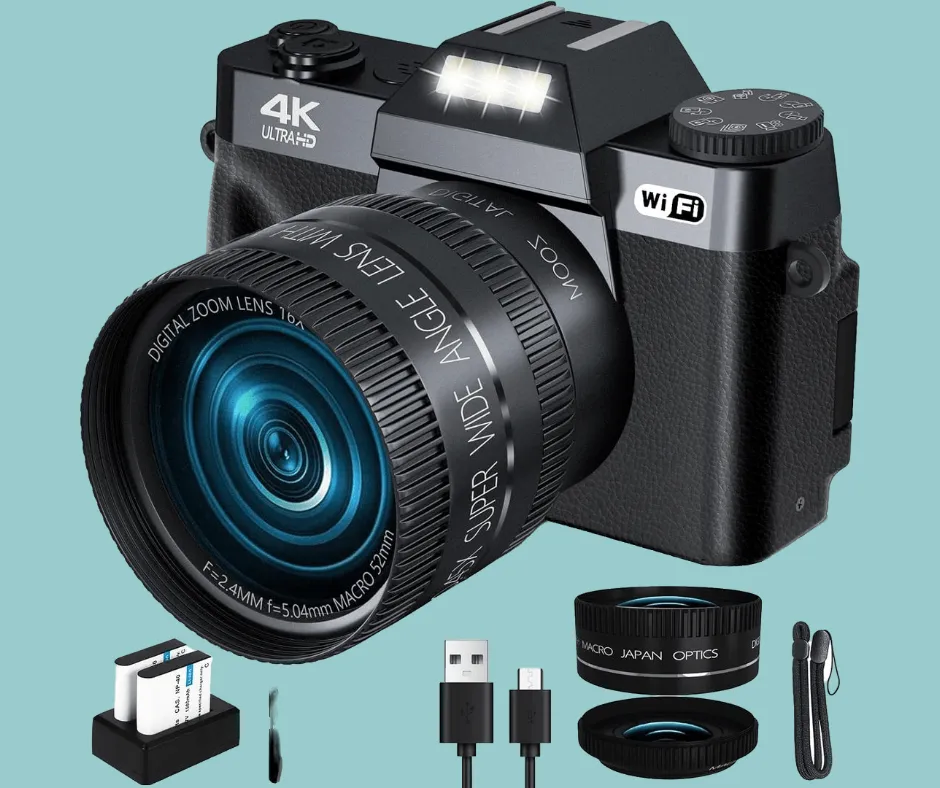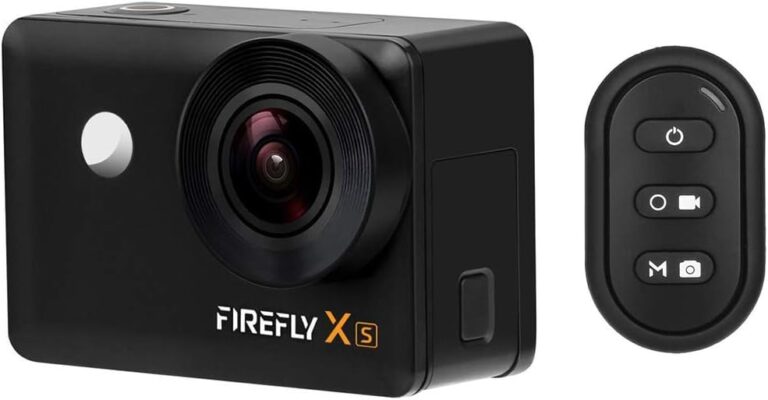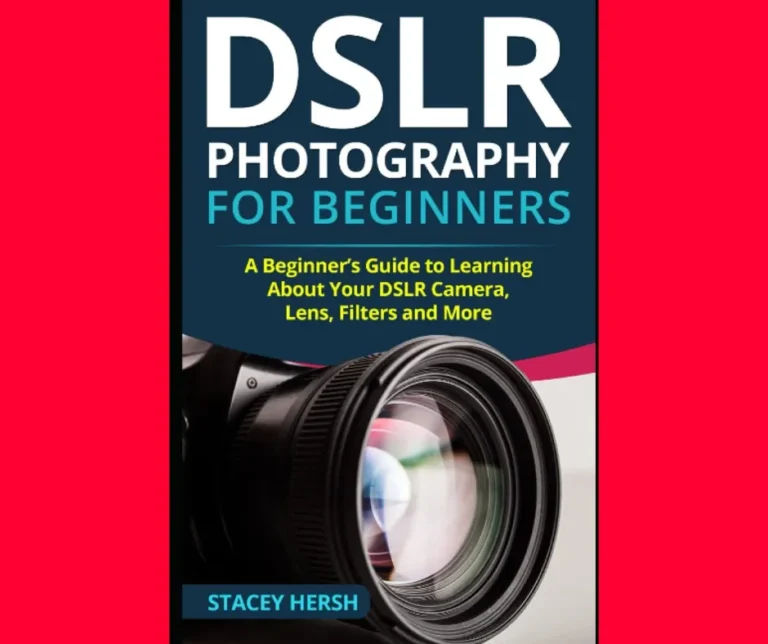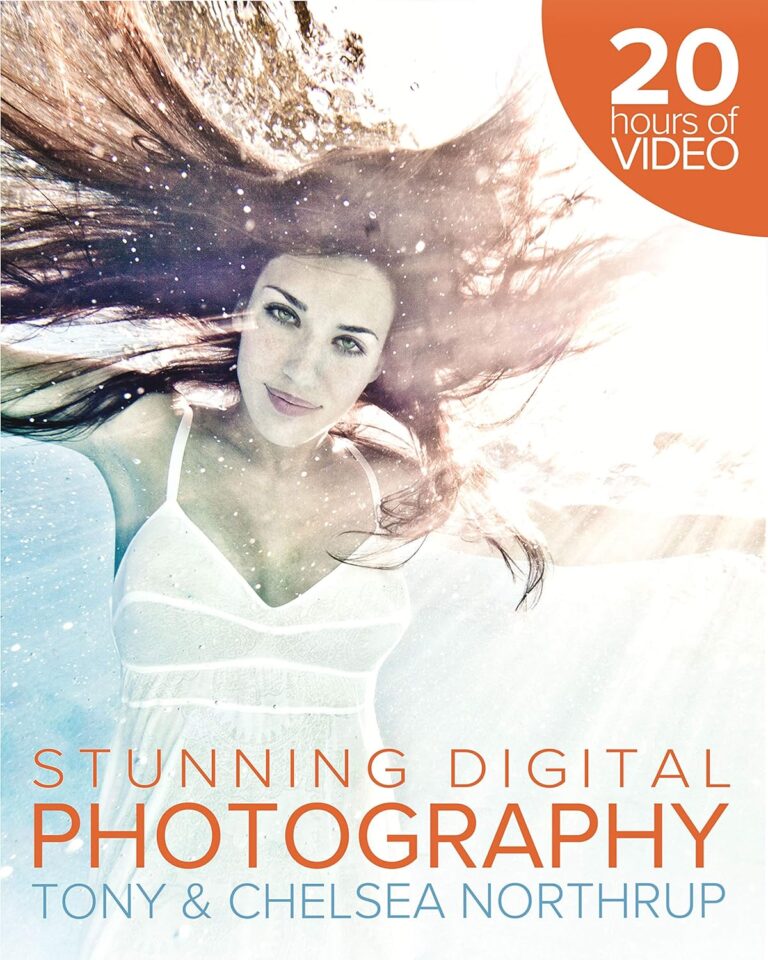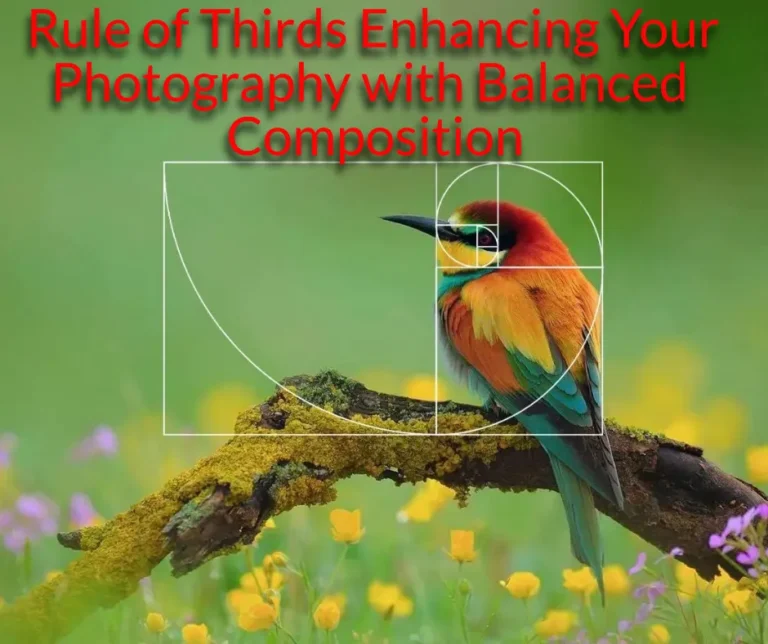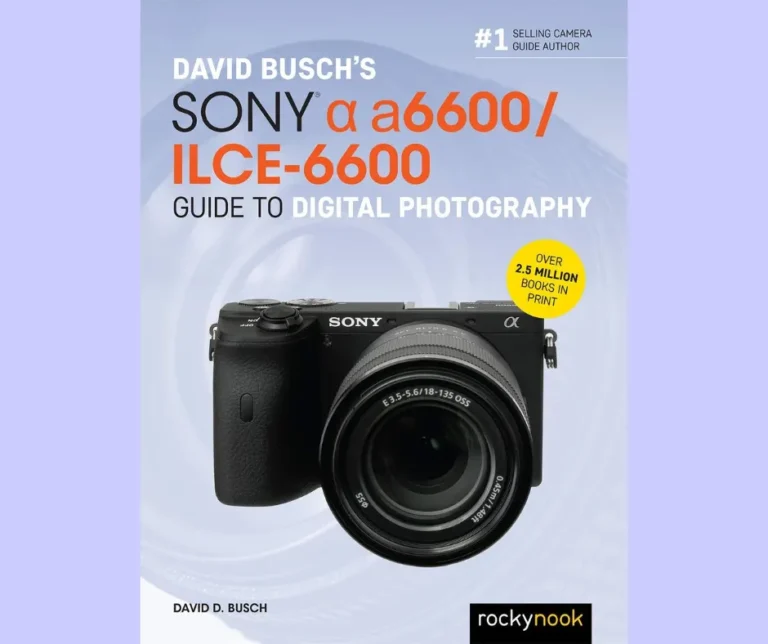Choosing the Right Camera for Beginner Photography: Expert Recommendations
Are you ready to embark on the exciting journey of photography? Whether you’re a complete beginner or looking to upgrade to a more advanced camera, choosing the right equipment can make all the difference in capturing stunning images.
With so many options available, it can be overwhelming to know where to start.
Fear not, as we’ll guide you through understanding the basics of photography and introduce you to some expert recommendations for entry-level and mirrorless cameras for novice photographers.
Photography is a captivating art form that allows you to express your creativity and capture the beauty of the world around you.
As you delve into this fascinating hobby or potential career, it’s crucial to equip yourself with the right tools.
In this article, we’ll explore the various factors to consider when choosing a camera for beginners and provide expert recommendations for entry-level and mirrorless cameras with manual controls, ensuring you make an informed decision that suits your needs and preferences.
So, whether you’re passionate about landscape photography, portrait shots, or just love to capture life’s precious moments, join us as we navigate through the world of beginner photography and equip you with the knowledge to make the right camera choice for your artistic journey.
Understanding the Basics of Photography
Understanding the basics of photography is essential for any beginner eager to explore this expressive art form.
Starting with a traditional DSLR or mirrorless camera can be immensely valuable.
These cameras give novices the flexibility to manipulate aperture, shutter speed, and depth of field—key elements that shape the look and feel of a photograph.
For those beginning their journey, camera phones can be an excellent tool for practicing composition.
While they aren’t equipped with the same manual settings as DSLRs or mirrorless cameras, they still serve as a handy starting point.
However, as beginners progress, they might find the creative limits of phones restrictive and opt for a more versatile, full-frame camera that caters to a variety of photographic styles.
No image is complete without post-processing—a step that refines and enhances the raw shot into a work of art.
By reading reviews and comparing specifications, budding photographers can identify the best camera to match their aspirations and budget, setting them on the path to capturing the world through their unique lens.
Key Pointers for Beginners:
- Experiment with a camera that allows manual adjustments.
- Practice composition using a camera phone.
- Explore various photographic styles with a full-frame camera.
- Understand the importance of post-processing.
- Research and compare camera features.
Entry-Level Cameras with Manual Controls
Finding the right camera that combines user-friendliness with the ability to expand one’s photographic skills is a crucial step for novice photographers.
Entry-level cameras with manual controls, such as the Canon EOS Rebel T8i, Nikon D5600, and Olympus OM-D E-M10 Mark IV, excel at offering beginner-friendly interfaces alongside the capabilities for more advanced work as skills improve.
They provide an ideal balance for those taking their first steps in photography, allowing them to learn the basics of manual shooting, including exposure, focus, and composition, while still providing excellent image quality and battery life.
Each of these cameras is designed with the beginner in mind, featuring easily navigable menus, helpful guides, and intuitive control layouts.
Manual controls are a boon for education, giving users the power to adjust settings like ISO, aperture, and shutter speed.
These adjustments are fundamental to understanding how a photograph is made and are essential skills for any budding photographer to learn.
Canon EOS Rebel T8i
The Canon EOS Rebel T8i is a prime example of an entry-level camera that doesn’t skimp on features.
Boasting a 24.
1-megapixel APS-C sensor, the T8i delivers stunning image quality for its class.
Canon’s commitment to user experience shines with a helpful guided mode, perfect for those just getting acquainted with camera settings.
The T8i stands out with an impressive autofocus system, ensuring that even the most spontaneous moments are captured with clarity.
Canon’s EOS system includes a wide range of compatible EF/EF-S lenses, affording new photographers a vast selection as they expand their toolkit.
The fully articulated touchscreen only adds to its accessibility, making it a wise choice for beginners looking to grow into their photographic journey.
Nikon D5600
The Nikon D5600 caters well to those who prioritize a compact camera without sacrificing manual control and image quality.
Its 24.
2-megapixel sensor pairs wonderfully with the versatile 18-55mm kit lens to cater to a wide variety of shooting scenarios.
The D5600 features a fast and reliable autofocus system, along with a user-friendly interface that includes a responsive touch shutter release.
It may lack 4K video capabilities, which could be a downside for video enthusiasts; however, the D5600’s strengths in stills photography remain compelling.
Its lightweight design makes it a suitable companion for on-the-go shooting, particularly for aspiring travel photographers.
Olympus OM-D E-M10 Mark IV
Lastly, the Olympus OM-D E-M10 Mark IV emerges as an excellent entry point into mirrorless cameras for beginners.
It’s not only budget-friendly but also offers advanced features typically found in higher-tier models, like in-body image stabilization.
This feature enhances photo and video sharpness, ensuring that beginners can achieve professional-looking results even without perfect technique.
The OM-D E-M10 Mark IV’s 20.
3-megapixel sensor and 4K video recording position it as a camera that’s ready for both high-res stills and video work.
Its retro design is complemented by a modern electronic viewfinder and an articulating touchscreen, marrying style with practicality.
Compact and lightweight, it’s another top contender for those seeking a capable yet manageable camera to begin their photographic practice.
Mirrorless Cameras for Novice Photographers
Mirrorless Cameras for Novice Photographers are redefining the photography landscape, especially for those just starting.
With the shift in market focus towards these compact and lightweight systems, mirrorless cameras are rapidly superseding DSLRs, thanks to their user-friendly design and advanced technological features.
They stand out for their ease of use, making them particularly attractive to beginners who can enjoy the benefits of superior autofocus capabilities and portability for a range of photography situations.
Sony ZV-E10
The Sony ZV-E10 is a versatile mirrorless camera tailored for content creators, combining a high-quality 24.
2-megapixel APS-C sensor with robust 4K video recording capabilities.
The ZV-E10 is equipped with a fully articulating touchscreen, ideal for self-recording and complex angles.
Its compact size and targeted video-first feature set, including a high-quality internal microphone, make it an exceptional choice for beginner videographers and vloggers.
Though its focus is video, the ZV-E10 maintains commendable photography features, such as reliable autofocus and a lightweight build for ease of use on the move.
Canon EOS M50 Mark II
The Canon EOS M50 Mark II is a mirrorless camera that hits a sweet spot for novice photographers seeking both image and video creation tools.
It features a 24.
1-megapixel APS-C CMOS sensor, ensuring clear and detailed photos, and offers 4K video capabilities for budding cinematographers.
A highlight of the M50 Mark II is its user-friendly interface, including a tilting touchscreen, electronic viewfinder, and guided modes that are perfect for learning the basics.
Fast autofocus and impressive continuous shooting speeds add to its appeal, though potential users should note the camera’s battery life of 305 shots per charge and the absence of a headphone jack.
Panasonic Lumix G100
The Panasonic Lumix G100 stands out as a super-compact option for beginner photographers and content creators alike.
Weighing merely 412g body only, it promises convenience and portability, qualities that new photographers appreciate.
The G100 offers 4K video and the ability to edit images directly in-camera, lending itself to productivity on the go.
While its continuous shooting capabilities are fast and versatile, it also boasts a Micro Four Thirds lens mount, which opens up a world of lens options for creative expansion.
Designed with an intuitive interface and efficient on-board audio, the G100 caters well to the needs of those starting out in the realms of both stills and video.
Factors to Consider When Choosing a Camera for Beginners
When venturing into the world of photography, choosing the right camera is pivotal in enabling a smooth learning curve and enjoyable experience.
As a beginner, the abundance of options can seem overwhelming.
To aid in this decision, let’s highlight a few critical factors that should guide your choice.
Excellent Image Quality
The essence of photography lies in the quality of the images you capture.
Beginners should aim for cameras that offer at least 12 megapixels (MP) of resolution, which is ample for producing high-quality A3 size prints.
Look for cameras that provide clear, detailed photos, such as the Canon EOS Rebel T8i, known for its excellent autofocus and remarkable image quality, or the Nikon Z50, which excels in low-light conditions.
Alternatively, the Fujifilm X-S10’s 26.
1MP X-Trans CMOS 4 sensor ensures vibrant, true-to-life colors, while cameras like the Sony α6400 offer a wide range of lens options to explore different aspects of image quality.
Battery Life and Portability
Practical aspects such as battery life and portability are vital considerations for photographers on the move.
A camera like the Nikon D3400 surprises with its great image quality without the bulkiness, whereas the Sony ZV-E10’s compact size makes it ultra-portable.
However, remember to check the camera’s battery life through real-world tests, comparing it with the CIPA rating to ensure it meets your lifestyle needs.
Cameras with intuitive connectivity features are also beneficial, simplifying file transfers and maintaining workflow efficiency.
Optical or Electronic Viewfinder
The choice between an optical viewfinder (OVF) and electronic viewfinder (EVF) is largely a matter of preference and relates to the style of photography you pursue.
An OVF, typically found in DSLR cameras like the Nikon D5600, offers a traditional, through-the-lens perspective, making them a choice for photography purists.
On the other hand, EVFs, as included in mirrorless models like the Olympus OM-D E-M10 Mark IV, provide a digital preview of the photo, which can be particularly useful for real-time exposure adjustments and other creative controls.
Body Stabilization and Image Quality
For beginners, shooting sharp photos and steady video is often a top priority.
Body image stabilization (BIS) helps achieve this by compensating for camera shake, and it’s a feature found in the Olympus OM-D E-M10 Mark IV and the Nikon Z fc.
Cameras equipped with BIS allow for slower shutter speeds without compromising the clarity of your images, which is especially beneficial in challenging lighting conditions.
In terms of overall image quality, APS-C sensor cameras like the Nikon Z fc not only enhance low-light performance but also offer a broader dynamic range, contributing to better detail in both shadows and highlights.
Remember, the best camera for a beginner is one that balances quality with simplicity, making the learning process both constructive and enjoyable.
Whether prioritizing battery life, usability, or image stabilization, ensure your chosen camera aligns with your specific needs and style.

